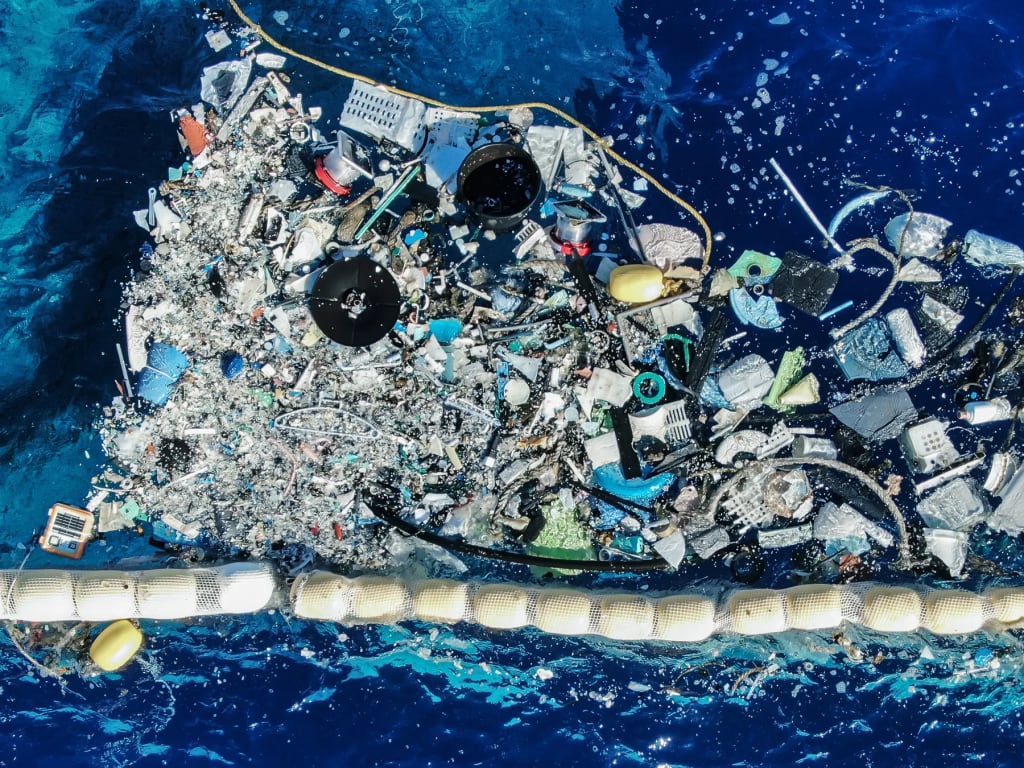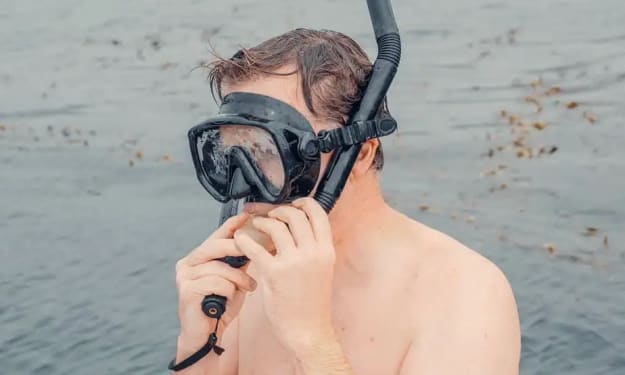Why Can’t We Scoop All the Plastic Out of the Ocean?
Why Can’t We Scoop All the Plastic Out of the Ocean?

In the Great Pacific garbage patch in the North Pacific there's an estimated 72 000 metric tons of macro Plastics pieces of plastic larger than half a millimeter.That's about the weight of one and a half Titanics and it's actually not alone,there are other such garbage patches defined as having over a million pieces of floating plastic in a square kilometer of ocean so we should clean that up probably but that is unfortunately easier said than done because Any Human Action can have consequences for the environment even if we're trying to fix a problem we created in the first place.There's a whole set of creatures that live right at the surface of the ocean including Blue Button jellies,sea skaters,sea snails,Crustaceans and crabs.
Collectively these are referred to as nustan.they're transported by the same ocean currents that cause plastic to accumulate in patches so these garbage patches are full of life in some ways floating plastic can actually help the critters because it gives them a surface to grab onto and attach the their eggs.So if you clean up that plastic you might also catch some of those creatures living on and amongst it and nustan have an important place in the ecosystem as a food source for sea turtles and birds and fish like tuna.So a 2023. study set out to calculate what impact a plastic cleanup operation might have on these organisms and they chose one in particular the ocean cleanup, which uses two ships that Dragonette between them to collect plastic researchers built a mathematical model to describe the change in the number of plastics as well as nustan throughout a cleanup operation,and they concluded that we still don't know enough about the nustan ecosystem,meaning the range of possible impacts plastic cleanup could have on it it's pretty wide.
It's possible everything would be fine in which case full steam ahead go get that plastic but if you move a few Sliders in their model the impact suddenly becomes substantial two of the unknown variables are questions that scientists need to work on researching:how fast do The Creatures make up the new ecosystem replenish themselves,and how quickly does plastic break down naturally without being cleaned up.The third variable is how good the cleanup is at catching plastic but not Critters so that's up to the ocean cleanup and other similar efforts to their credit the ocean cleanup themselves say they carefully monitor all marine life and will use the information they gather to improve the next iteration of their cleaning net system now of course none of this means that we should not clean up our plastic waste from the ocean plastic also negatively affects marine life when it releases toxic chemicals or gets eaten and we haven't even talked about the impacts of microplastics since those slip through cleanup Nets anyway the best thing we can do though is prevent plastic pollution in the first place but cleanup efforts are likely an important part of the solution so it's studies like these that help us see the full impact of our actions even those that feel like Obviously good ideas sometimes you gotta dig deeper to understand the full story and get the science right there are many points at which a piece of information could turn into misinformation which is why it's so important to compare different sources.
About the Creator
Enjoyed the story? Support the Creator.
Subscribe for free to receive all their stories in your feed. You could also pledge your support or give them a one-off tip, letting them know you appreciate their work.





Comments
There are no comments for this story
Be the first to respond and start the conversation.